Project overview
Classic British sound and responsiveness of the classic Plexi to Super Lead and Super Bass of the early 70s, two classic circuits that can be selected via an internal slide switch. It works very well as an “always-on” pedal as the core of the guitar sound, which can be extended by the upstream of boosters, fuzzes, filters, and other overdrives.
Introduction
The Cataline’s Secret MKIII is based on Catalinebred’s Dirty little secret MKIII, featuring two distinct voicings – “Super Lead” and “Super Bass” switchable via an internal set of DIP switches or by an external 4PDT. Thanks to the DIP switches, you can dial your settings individually, combining each voice’s best according to your taste.
Including the option to choose between an internal trimmer to control the presence or to solder an external 16mm standard pot.
Designed to perform the best at 18v, always ensure using capacitors rated for V25 or more.
This project works based on JFET J201, biased by common resistors instead of trim pots, making it easier for the builder to have this project sounding. It also features pads to use standard through-hole J201 or the more available and reliable SMD version.
Controls
The Cataline’s Secret MKIII has the same external controls as most overdrive or distortion effects, including 3 tone controls.
- Gain: This controls the gain or amount of overdrive.
- Volume: This knob controls the output volume.
- Presence: allows you to fine-tune the amount of presence or high treble frequencies that the pedal produces.
- Treble: Circuit-wise, it is actually a sort of “mixer” control, mixing between the treble side and the middle/bass side. So if you want a less bassy sound, not only would you turn the Bass control down, but you might also want to turn the Treble control up to “mix” less of the middle/bass frequencies into the sound.
- Middle: It can also be thought of as a sort of “gain” knob since most of the guitar’s energy is in the middle frequencies. So if you want the gainiest sound possible, run the Middle knob high. But if you want a less gainy sound, run it lower. This means you might also want to run the Treble and Bass knobs even lower to balance things out.
- Bass: Loyal to the Marshall sound, it delivers a lot of bass! So don’t feel like you’re doing something wrong if you like to run the Bass control at a very low setting.
For further analysis on this circuit, take a look at this thread on Free Stomp Boxes Forum.
For any technical questions regarding this build, don’t forget to check out our Facebook Group and our forum at Free Stomp Boxes.
Cataline’s Secret MKIII – Building Docs
Cataline’s Secret MKIII – Drilling template
Be the first to review “Cataline’s Secret MK III” Cancel reply
Related products
Overdrives
Inspired by EQD Palisades

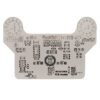
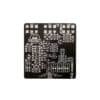



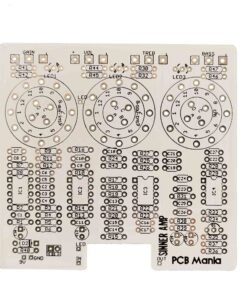
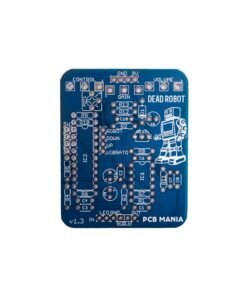
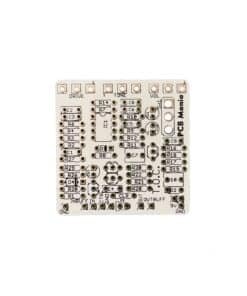
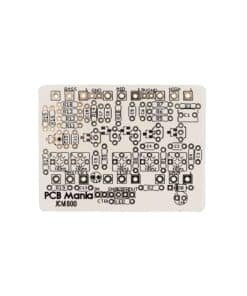
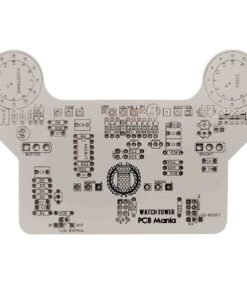
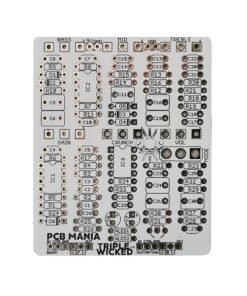
Reviews
There are no reviews yet.